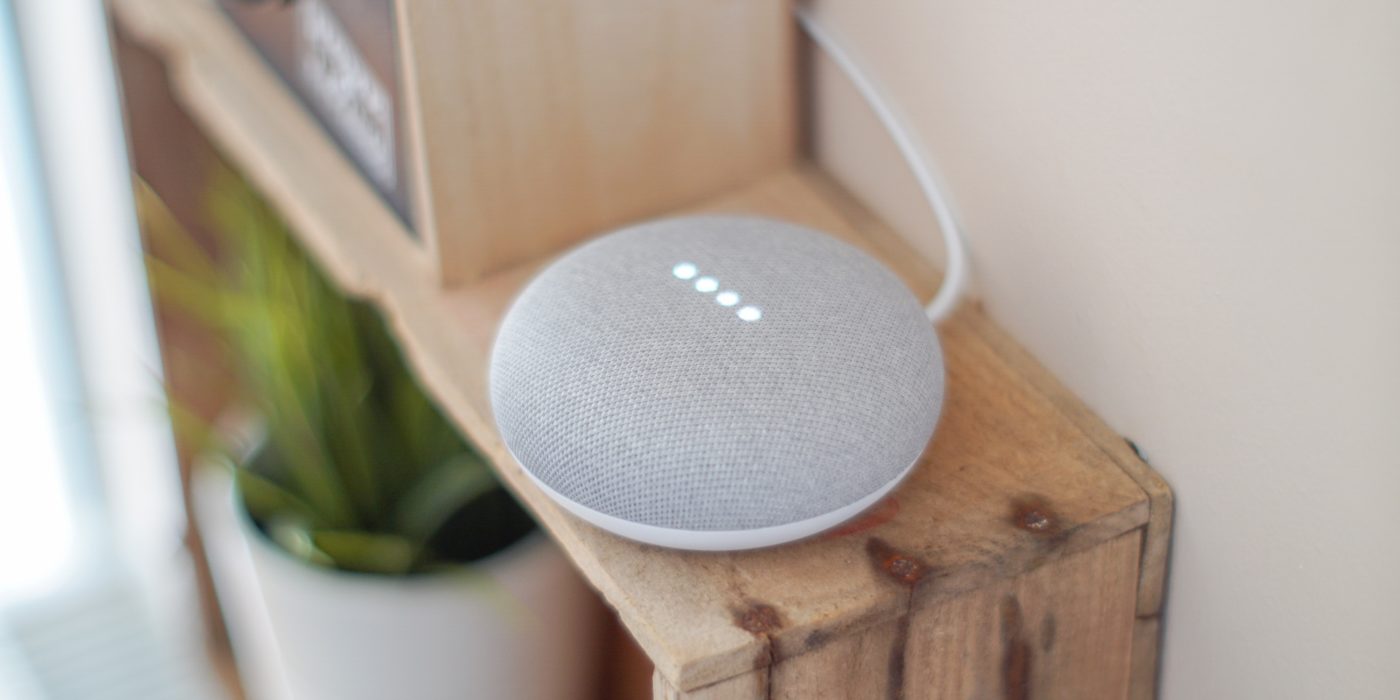In recent years, we are observing an increase in technological solutions in our homes. So-called “smart” homes are connected with other devices in the house and/or in the garden communicating with each other. A home automation system allows us to control and manage our home remotely, even with the simple use of a smartphone. The use of home automation enables us to customise our homes to suit our lifestyle and routine.
The advantages of smart homes:
A smart home offers many comforts and allows its inhabitants to fully enjoy their lifestyle. With voice commands, you can turn the lights on and off, raise and lower the blinds, receive an updated list of the missing food in your fridge; in short, programme all the appliances and devices in the house and garden, so that your home knows exactly when and how to do what. Just think about going on holiday and being away for an extended period of time. The smart home can simulate your presence by lowering the blinds, turning on the lights and the TV. This system can be programmed at set times, at random times or remotely, making the simulation even more credible. With smart video intercoms you can respond via your mobile phone to a visitor ringing your doorbell, and with smart cameras you can monitor your property and prevent unpleasant situations. Finally, using this technology is very easy thanks to the intuitive design of these devices.
What are the disadvantages of a smart home?
Any device or system connected to the internet may have security issues. There is a real possibility that someone, a hacker for example, could break into your home automation system and violate your privacy. It would not be such a big thing if a stranger controlled your hoover or coffee machine, but it would be a problem if the stranger controlled your alarm system or security cameras. One of the annoyances you may encounter when using smart devices may come from the manufacturers themselves. In fact, when these devices only work thanks to the server of the manufacturing company, it would become a problem if the company went out of business. Another issue to consider is that these smart devices communicate with each other, but sometimes they do not speak the same language. This is due to the fact that there are different communication protocols. In practice, this means that devices will need to be compatible with each other to ensure proper functioning. When devices operate using different protocols, a smart hub is needed, which is basically a central control device that enables dialogue between the various devices. With the advent of voice assistants, smart technology is showing a downward price trend. However, if we wanted to convert our home and all our appliances for smart use, the costs should not be underestimated.



